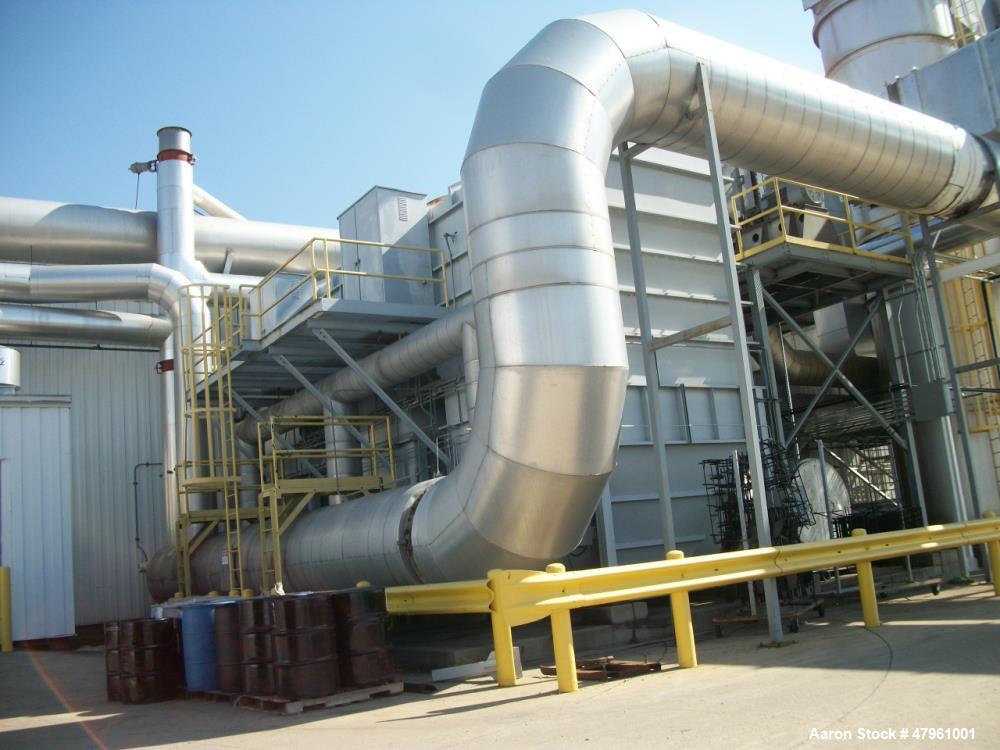When assessing the merits of workers’ comp. programs, several key factors come into the scenario for due consideration. The workers’ compensation system is a legal framework designed to cater medical and financial assistance to employees who experience work-associated injuries or illnesses. According to Charles Spinelli, to evaluate the advantages and effectiveness of the program, both employers as well as employees should study various aspects. The factors are stated under
Coverage Extent: The foremost factors that need diligent consideration involve the extent of coverage delivered by the insurance carrier under the workers’ compensation program. In general, the benefits include medical expenses, compensation against lost wages, and rehabilitation expenses. Apart from covering a range of work-related injuries and illnesses, an ideal program needs to provide benefits that rarely take place however, can severely impact the ability of an employee to work.
For example partial to complete physical impairment. Make sure that the insurer offers comprehensive coverage to ascertain that employees get needed healthcare alongside financial support, and survival benefits to lessen the burden on the employee as well as their dependent family loved.
Cost to Employers: Employers must evaluate their outlays associated with workers’ comp. in contrast to its benefits. In general, premiums tend to vary based on the industry, the company’s size, the risk of the job, and the number of claims made earlier. Although higher premiums may apparently seem like a financial challenge that can be justified by the decreased risk of facing litigation and protection of workers. Spinelli considers that property-managed workers’ compensation has the ultimate potential to lead to cost savings by encouraging the overall safety of the workplace and decreasing the number of claims.
Claims Processing Efficiency: The effectiveness and simplicity of the claims processing procedure is a vital decisive factor in assessing the benefits of workers’ compensation. A simplified, easy-understandable, and transparent procedure ensures that claims are settled fairly and quickly, reducing delays that could have a major impact on an employee’s physical and mental well-being, delaying recovery and disrupting financial stability. In addition, streamlined claims processing helps employers by lessening their administrative loads and potential disputes.
Rehabilitation and Returning to Job: An ideal workers’ compensation program generally involves rehabilitation enabling workers to return to work. These programs aim to help injured or ill employees recover and get back to their normal life as quickly as possible. Initiatives of physical therapy, occupational training, and special training programs can be helpful in the event the disability obstructs the injured workers from continuing with the same job says Charles Spinelli. Such initiatives also help employers to retain skilled workers and sustain productivity.
Adherence to Legal and Regulatory Standards: Staying compliant with regulatory requirements is crucial not only for safeguarding the workplace rights of employees but also for avoiding legal consequences faced by employers. Thus, a program fulfilling the legal standards ensures employees get legitimate benefits, minimizing the risk of employers being penalized by authorities.
Ensuring workplace safety: The efficacy of workers’ comp. program can also be gauged based on how they influence workplace safety. Programs that encompass safety training, identification of hazards, and preventive measures play a vital role in promoting a safer work environment. By trimming down the incidence of work-associated injuries, these programs not only ensure the safety and well-being of employees but also reduce the overall costs related to workers’ compensation claims.




